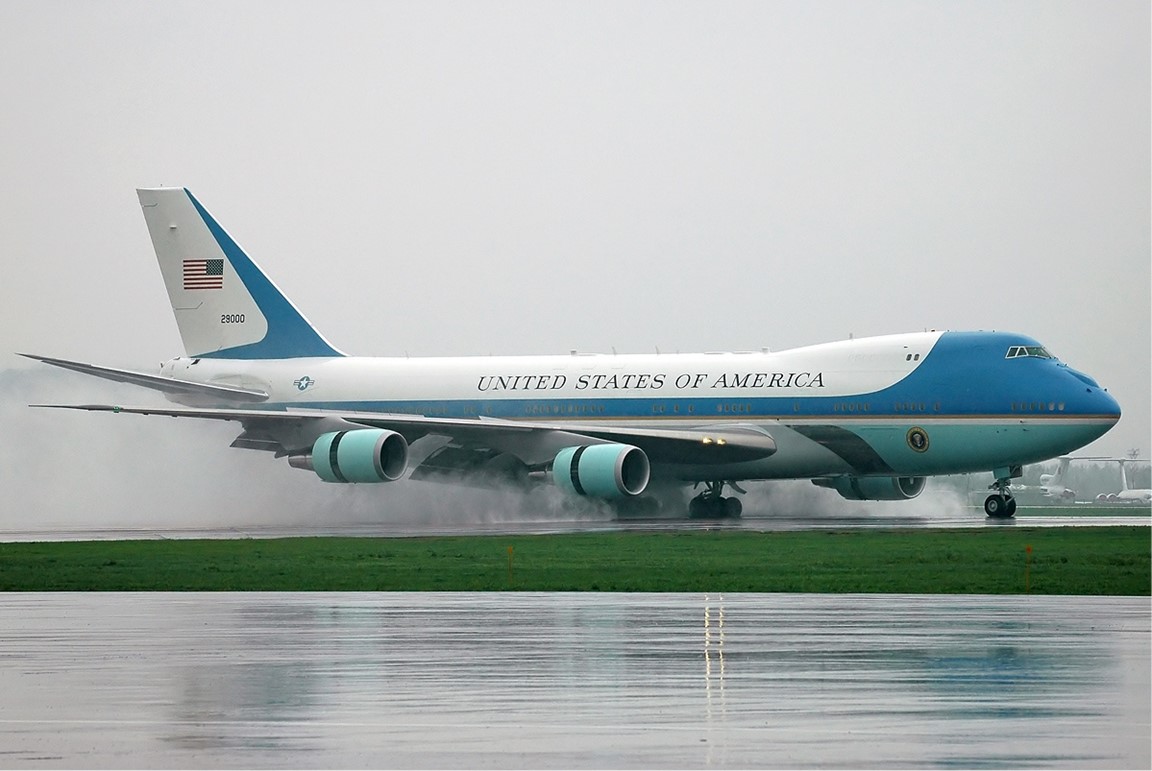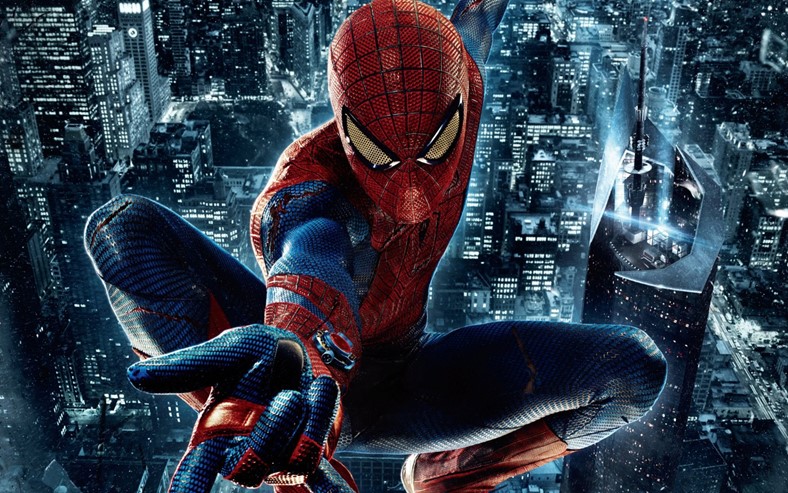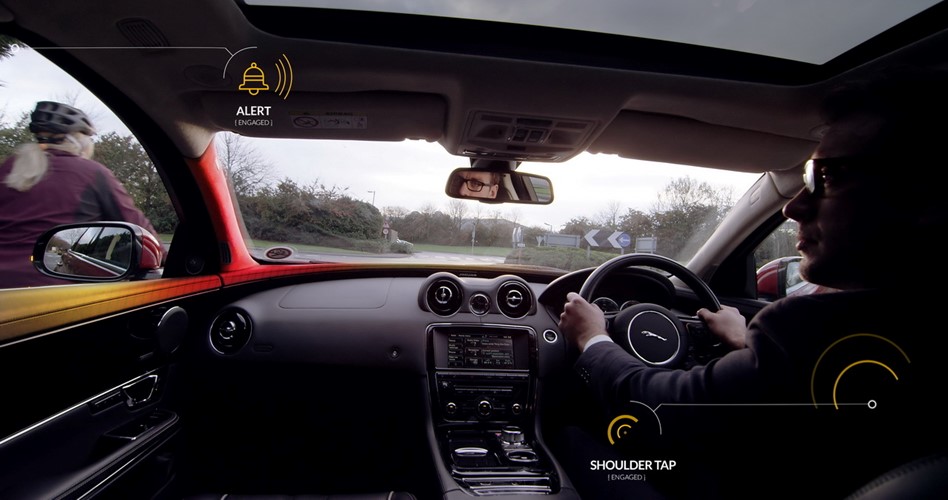
The United States government is looking into purchasing a new set of Boeing 747-8s to serve as the President’s personal jet: Air Force One. Marcus Weisgerber looked into some of the iimportant factors that had to be considered before the decision:
- A new Presidential jet can only be bought by a President in their second term since the political uproar over a President buying a jet for themselves in their first term would be massive.
- Hence President Eisenhower bought planes that President Kennedy got to use, and the current Presidential planes were bought by President Reagan and first used by the first President Bush.
- The second President Bush tried to buy new planes in his second term but disagreements over what to purchase meant that the project was pushed back.
- Since a plane can only really be bought by a two-term President, it’s imperative that the government replaces the ageing planes now since it could be decades before another President gets two terms again.
- The government could have bought the smaller two engine 777 to be the President’s air-limousine, but the sheer size of the 747 makes a political statement and ensures that the American President’s plane stands out wherever they go
- The extra engines on the 747 can also help power all the bells and whistles that a Presidential plane get.
- These features include the ability to refuel mid-air, a walk-in refrigerator, and missile evasion capabilities.
- The decision to buy new planes seems to be driven by the fact that the current planes that serve as Air Force One are no longer in production, thus making it incredibly difficult to find spare parts.
The full article has many more details, talks about some of the other features that the future Air Force One will have, why there are disagreements over whether to get two or three planes, and why the even more massive Airbus A380 was never a contender. Read it here.
Source: Defense One


















Join the Discussion! (No Signup Required)